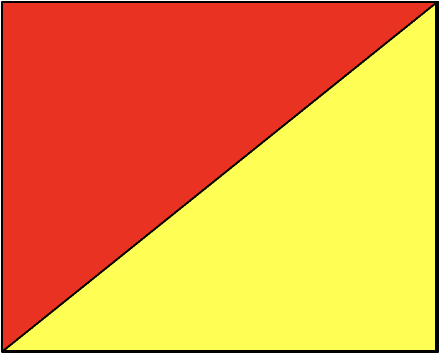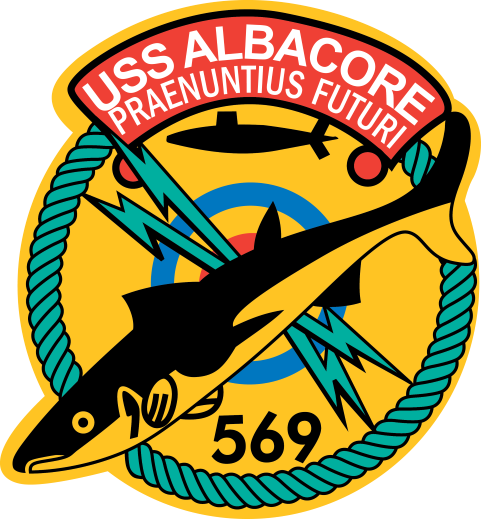Wave that Flag: Semaphore Communication and Angle Classification
Grades: 3-8
Connection to Curriculum Framework:
Maine
- Mathematics
- 4.G.A.1: Draw points, lines, line segments, rays, angles (right, acute, obtuse), and perpendicular and parallel lines. Identify these in two-dimensional figures.
Massachusetts
- Social Studies
- Guiding Principle 5: an effective history and social science curriculum integrates knowledge from many fields of study
- Includes developments in science, technology, and mathematics
- Guiding Principle 5: an effective history and social science curriculum integrates knowledge from many fields of study
- Mathematics
- 3.G: Reason with shapes and their attributes
- Classify shaped by their sides and angles (right angles/non-right angles)
- 4.G: Draw and identify lines and angles, and classify shapes by properties of their lines and angles.
- Draw points, lines, line segments, rays, angles (right, acute, obtuse), and perpendicular and parallel lines. Identify these in two-dimensional figures.
- 3.G: Reason with shapes and their attributes
New Hampshire
- Theme G: Science, Technology, and Society
- Goals:
- Time Efficiency
- Impact of New Technology
- Core Questions
- How can we manage science and technology to provide the greatest benefit?
- How do events or global issues affect interactions between countries?
- Goals:
- Mathematics
- 4.G: Draw points, lines, line segments, rays, angles (right, acute, obtuse), and perpendicular and parallel lines. Identify these in two-dimensional figures
Time Frame:
35 - 50 minutes (5 minutes introduction, 5-10 minutes to make flags, 5 minutes to practice angles, 5-10 minutes to practice word, 10-15 minutes to present, 5 minute conclusion)
Objectives:
Students will make their own semaphore flags and use them to communicate. The construction of the flags and the description of the different letters will teach students to classify angles as obtuse, right, or acute. Students will also learn the history behind semaphore flags, as well as the logistics of how these flags were used to communicate in a naval capacity. In doing so, students will contemplate how communication methods have affected and been affected by history.
Setup:
Students will need work surfaces to assemble the flags on and space to line up in a row. To social distance, set up desks 6 feet apart from each other and make sure presenting space is large enough for 3-4 students to stand six feet apart from each other and from the audience.
Introduction and Diagnostic Assessment:
- Show the students a right angle (you could draw one on a white board or piece of paper hold up two of the straws that will be used later in the lesson) and ask them if anyone knows what this kind of angle would be called. Repeat with acute and obtuse angles and a line.
- Once the students have labeled all the angles, ask them to think about where they see angles in everyday life
- Answers could include the hands of a clock, the corner of a television, etc.
- Explain that ships used to use flags held at different angles to communicate
- Show them the chart of the different semaphore letters
- Explain that we are going to practice making different kinds of angels using the semaphore alphabet!
Procedure and Formative Assessment:
Making the flags:
- Give each student a pair of scissors, a glue stick, a flagpole, 2 pieces of one color of construction paper and one piece of the other color.
- Have the students fold the top corner of the paper so that the top edge of the paper is flush with the left side
- Cut the bottom of the paper off, so the paper is now a square

- Repeat with the second piece of construction paper that is this color.
- With the second color, repeat the process once again. After the students have their squares, cut the paper in half along the diagonal so they have two triangles.
- Each student should now have 2 squares in one of the colors and 2 triangles in the other color.
- Have the students hold up the triangle so that an “acute angle” is facing up.
- Correct those who could not identify an acute angle.
- Have the students turn the triangle so that the “right angle” is facing up.
- Correct those who could not identify a right angle
- Tell the students to glue the triangles onto the squares, matching the “right angle” corners together.
When assembled, the construction paper should look like

- Take 2 flagpoles and tape a flag to each. To keep with navy protocol, the red half should be on top
Signaling letters
- Have the students stand up in a row in front of you.
- Begin by asking the students to make a right angle with their arms, then an acute angle, than an obtuse angle, then a straight line
- Their arms can be in any position, so long as the angle is correct, so you might get different versions of each kind of angle.
- Break the students into groups, and tell them that each group must spell out a word, with each student being a different letter.
- For older students, give them the sheet of the semaphore alphabet and have them choose their own word. For younger students, give them the alphabet sheet and tell them what word their group will be spelling.
- Examples of short, submarine related words are:
- Sub, sea, wave, ahoy, boat, ship, fish, tide, swim, sail,
- The students will then practice lining up, with each student representing a different letter.
- After 5 minutes of practicing, call all the students back together.
- One at a time, the groups will go up and present their word
- The students who are not presenting will guess the word, using the alphabet key, and will also label whether each participant is modeling an acute angle, obtuse angle, right angle, or line.
- For instance, the word “SUB” would look like this and would be labeled “obtuse, right, right.”

- Continue the activity until all the groups have gone
- To make it a competition, keep track of which group identifies the most angles and words correctly.
Follow up and Summative Assessment:
- When all the groups have gone, ask the students what they thought about messaging with semaphore flags
- Explain that on a ship, the letters would have been signaled individually, from a mast or by a person, rather than by multiple people in a row
- Ask what they think some of the benefits of this kind of communication would be
- Examples of answers: not relying on technology that could go down, simple materials
- Tell them that France chose to continue to use semaphore flags rather than switching to Morse code immediately because they feared that wire cutting would render telegraphs useless too frequently for it to be worth it.
- Examples of answers: not relying on technology that could go down, simple materials
- Ask them what they think some of the drawbacks would be
- Examples of answers: need clear weather, enemy can see what you’re signaling
- Explain that by the 1850’s, the traditional semaphore alphabet was no longer useful because it was so widespread that ships could no longer use flags to communicate secretly
- Examples of answers: need clear weather, enemy can see what you’re signaling
- Ask the students how technology can play a role in communication. How does the form of communication affect the message? How is our modern society shaped by how we communicate?

